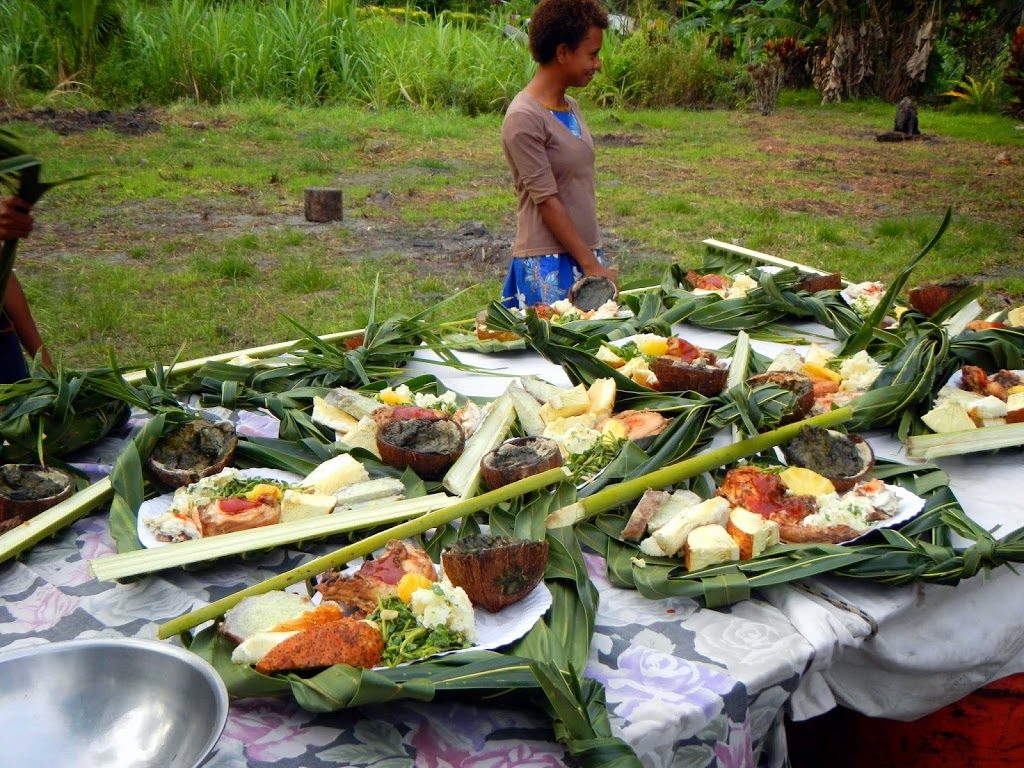As part of your Fijian Unleashed experience, you may have the pleasure of taking part in a Lovo. What exactly is a Lovo?
Traditionally it means to ‘cook in earth’ and if you’re thinking along the lines of an age-old slow-cooker, you’re on the money.
It’s a process that’s echoed around the world – the Samoans have their Umu, the Hawaiians their Kalua and the Fijians have the Lovo – and it’s not just a way of cooking but a complete celebration. To get started, the Fijians dig a large pit in the earth and line it with fire-heated river stones. Then, they wrap pieces of chicken, fish and pork in palm fronds or banana leaves, throw them into the pit along with local root crops like dalo (the root of taro), cassava and uvi and cover it all with dirt. The “cooking” time is around three to four hours which gives you just enough time to get ready for the unveiling ceremony (also known as digging for your dinner).
This traditional way of cooking dates way back to the time before European settlers and their fancy metals. But, much like the Maori and their Hangi, the art of earth cooking is something that people still celebrate. Take the popular Fijian chef Lance Seeto, for example, who can produce fine-dining degustations from the ground.
A fun bit of trivia you can drop into conversation while you’re on holiday concerns the ancient cannibal chiefs who would use the Lovo to cook their “spoils of war”. In other words, they ate their enemies. But those clever cannibals were cluey enough to baste them in a berry chutney beforehand to aid digestion. One such chief was so into it, that he made it into the Guinness World Records for being the most prolific cannibal in the world. Obviously, this type of lovo will not be included in your tour.

